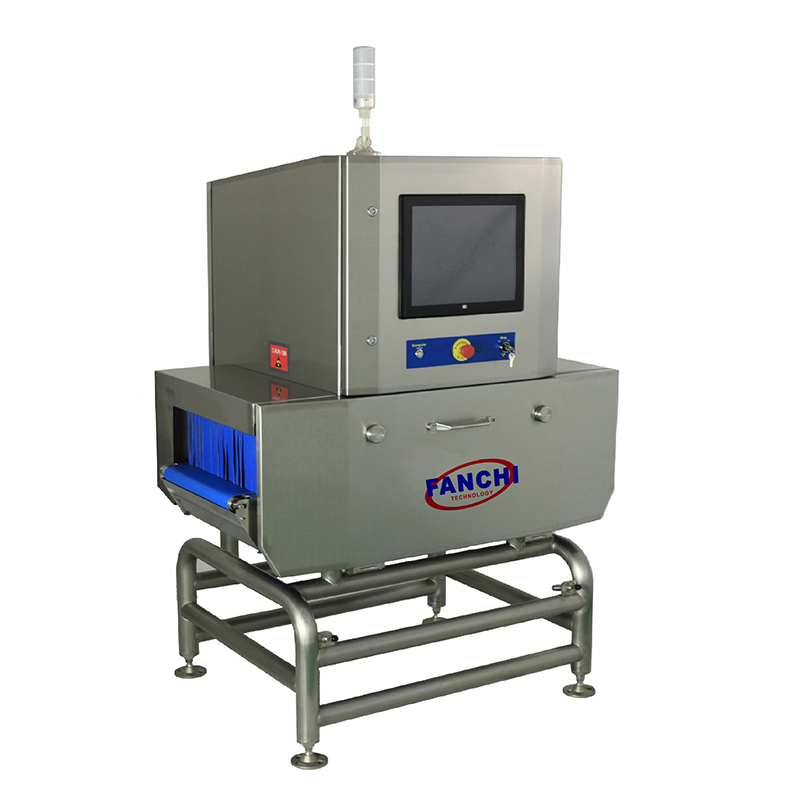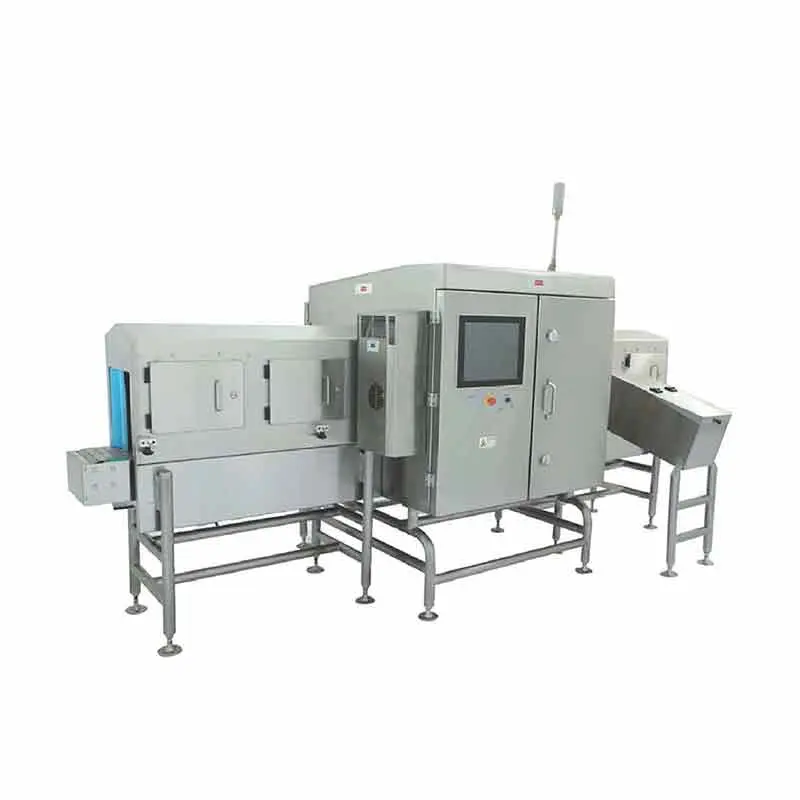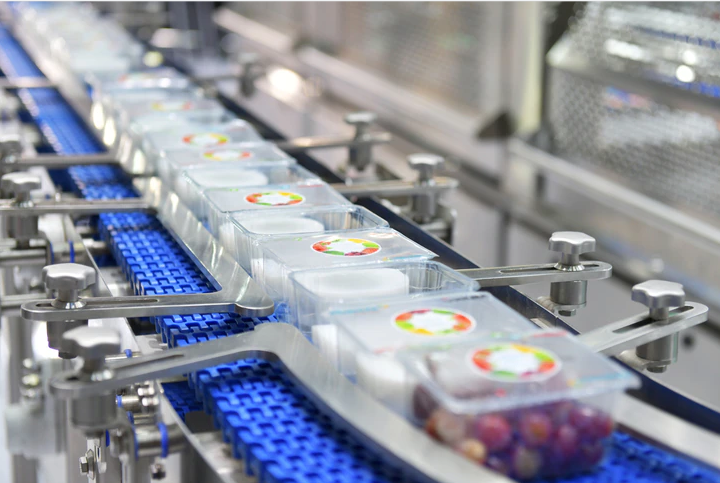In today’s fast-paced world, the demand for safe and high-quality food products is at an all-time high. With the increasing complexity of food supply chains and the growing concerns about food safety, the need for advanced inspection technologies has become more critical than ever. X-ray inspection systems have emerged as a powerful tool in the food industry, offering a non-invasive and highly effective method for detecting contaminants and ensuring the safety and quality of food products.
X-ray inspection systems for food products have revolutionized the way food manufacturers and processors approach quality control and safety assurance. These systems utilize advanced X-ray technology to provide a comprehensive inspection of food products, enabling the detection of foreign objects, such as metal, glass, stone, and even plastic, with unparalleled accuracy and reliability. The ability of X-ray inspection systems to detect a wide range of contaminants makes them an indispensable asset in the food industry, where ensuring the safety of consumers is of utmost importance.
One of the most common concerns regarding X-ray inspection of food is the safety of the process. Many consumers and industry professionals alike wonder whether the use of X-ray technology poses any risks to the safety and quality of food products. It is important to note that X-ray inspection systems are designed to comply with stringent safety standards and regulations set forth by food safety authorities. These systems are engineered to deliver the highest level of inspection accuracy while ensuring that the food products being inspected remain unaltered and safe for consumption.

The use of X-ray inspection systems for food products is a non-destructive method that does not compromise the integrity of the food items being inspected. The low-energy X-rays used in these systems are carefully calibrated to provide the necessary penetration to detect contaminants without causing any harmful effects on the food products. As a result, X-ray inspection systems offer a safe and reliable means of ensuring the safety and quality of food, without introducing any risks to consumers or compromising the nutritional value of the products.
Another common question related to X-ray inspection of food is whether X-rays can detect plastic in food. The answer is a resounding yes. X-ray inspection systems are capable of detecting a wide range of foreign materials, including plastic, within food products. This capability is particularly crucial in the food industry, where the presence of plastic contaminants can pose serious health risks to consumers and lead to costly product recalls for manufacturers.
The advanced imaging capabilities of X-ray inspection systems allow for the precise identification and differentiation of various materials within food products, including plastic. This level of accuracy enables food manufacturers to effectively identify and eliminate plastic contaminants from their products, thereby ensuring the safety and integrity of the food supply. The ability of X-ray inspection systems to detect plastic in food underscores their indispensable role in safeguarding consumer health and upholding the highest standards of food safety and quality.


In addition to contaminant detection, X-ray inspection systems offer a range of other benefits for the food industry. These systems can also be used to inspect for product defects, such as missing components or misshapen items, ensuring that only products meeting the highest quality standards reach the market. Furthermore, X-ray inspection systems can provide valuable insights into the internal structure of food products, allowing for the assessment of product integrity and the identification of any potential issues that may affect product quality.
The implementation of X-ray inspection systems in the food industry represents a proactive approach to quality control and safety assurance. By leveraging the advanced capabilities of X-ray technology, food manufacturers and processors can enhance their ability to detect contaminants, including plastic, and uphold the highest standards of food safety and quality. As consumer expectations for safe and high-quality food products continue to rise, the role of X-ray inspection systems in ensuring the integrity of the food supply chain has become increasingly indispensable.
In conclusion, X-ray inspection systems have become an essential tool in the food industry, offering a non-invasive and highly effective method for detecting contaminants and ensuring the safety and quality of food products. These systems are designed to comply with stringent safety standards and regulations, providing a safe and reliable means of inspecting food products without compromising their integrity. With the ability to detect a wide range of contaminants, including plastic, X-ray inspection systems play a crucial role in safeguarding consumer health and upholding the highest standards of food safety and quality. As the food industry continues to evolve, the use of X-ray inspection systems will undoubtedly remain a cornerstone of quality control and safety assurance, ensuring that consumers can have confidence in the safety and integrity of the food products they consume.
Post time: Mar-19-2024





